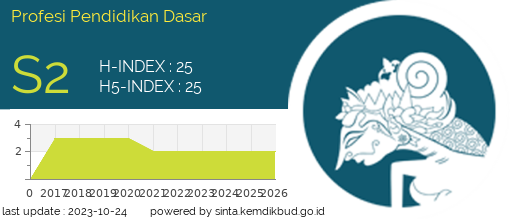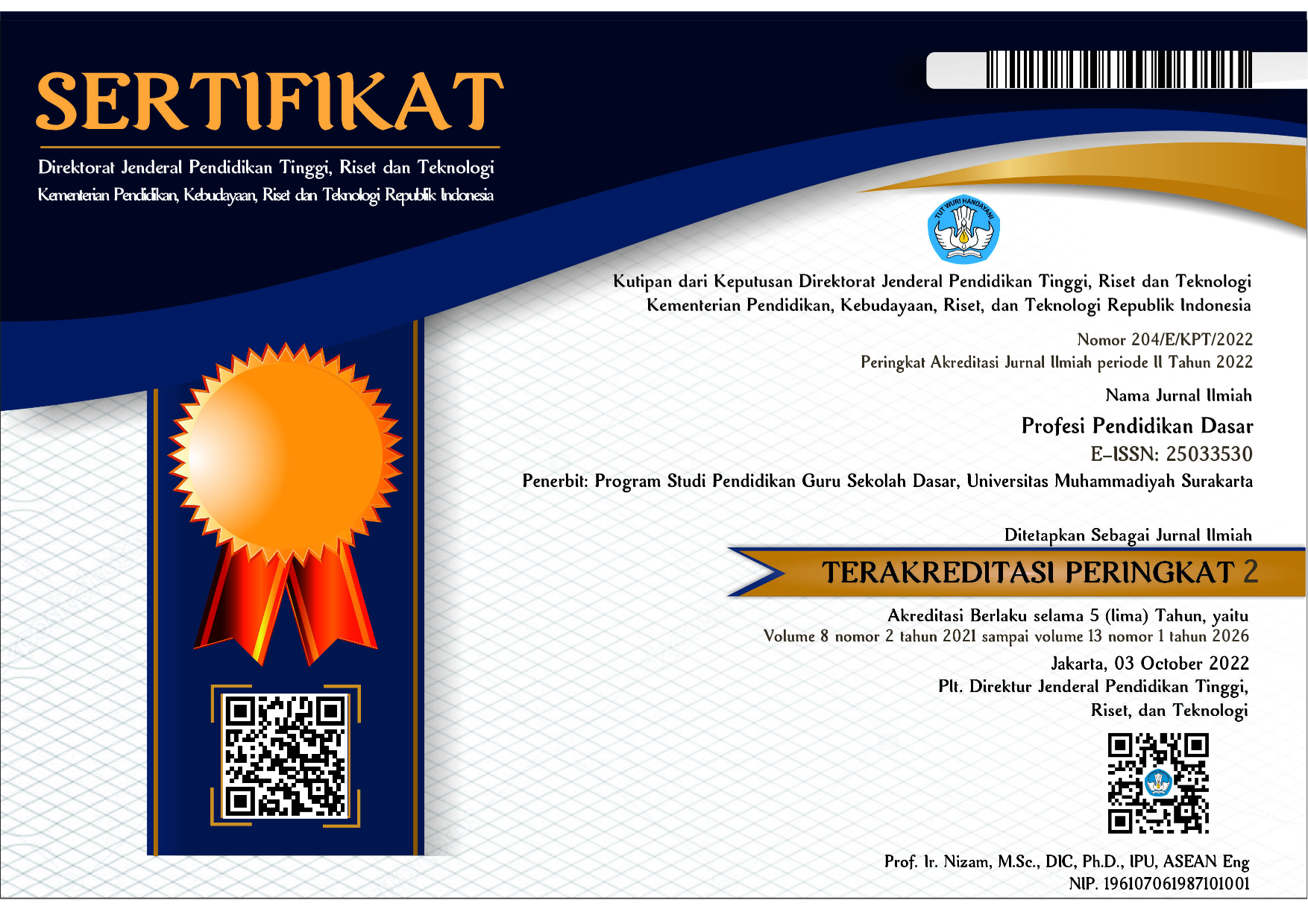Bridging Classroom and Home Learning: A Seamless Learning Framework for Elementary Students
DOI:
https://doi.org/10.23917/ppd.v12i2.9896Keywords:
seamless learning, self-regulated learning, elementary education, student autonomyAbstract
Promoting Self-Regulated Learning (SRL) is pivotal to enhancing student achievement within contemporary educational contexts. Traditional classroom methodologies often hinder the cultivation of self-regulated learning, leading to inconsistent academic outcomes. This study examines the Seamless Learning framework, which synthesises formal and informal learning environments, to foster self-regulated learning among primary school students. In a quasi-experimental design, ninety-two fourth-year primary school pupils were divided into experimental and control groups. The experimental group engaged in Seamless Learning interventions across domestic, community, and classroom settings, whereas the control group received conventional classroom instruction. A variety of validated instruments were employed to evaluate self-regulated learning (SRL). In comparison to the control group, the experimental group demonstrated significant enhancements in self-regulated learning (SRL) and academic outcomes. The Seamless Learning framework proved effective for both high- and low-SRL pupils, underscoring its versatility. The efficacy of this approach was contingent upon robust teacher facilitation and active parental engagement; (The findings indicate that incorporating the Seamless Learning framework into curricula significantly enhances the development of lifelong learning competencies. This approach not only elevates academic performance but also fosters learner autonomy by addressing diverse educational needs
Downloads

Downloads
Submitted
Accepted
Published
How to Cite
Issue
Section
License
Copyright (c) 2025 Ida Rindaningsih, Machful Indra Kurniawan, Wan Omar Ali Saifuddin bin Wan Ismail

This work is licensed under a Creative Commons Attribution-NonCommercial 4.0 International License.











